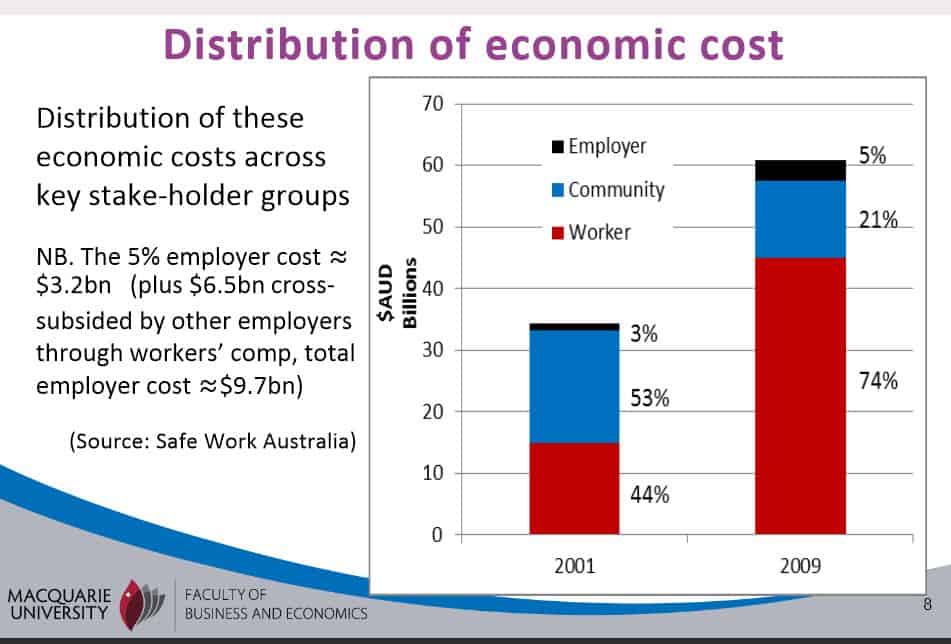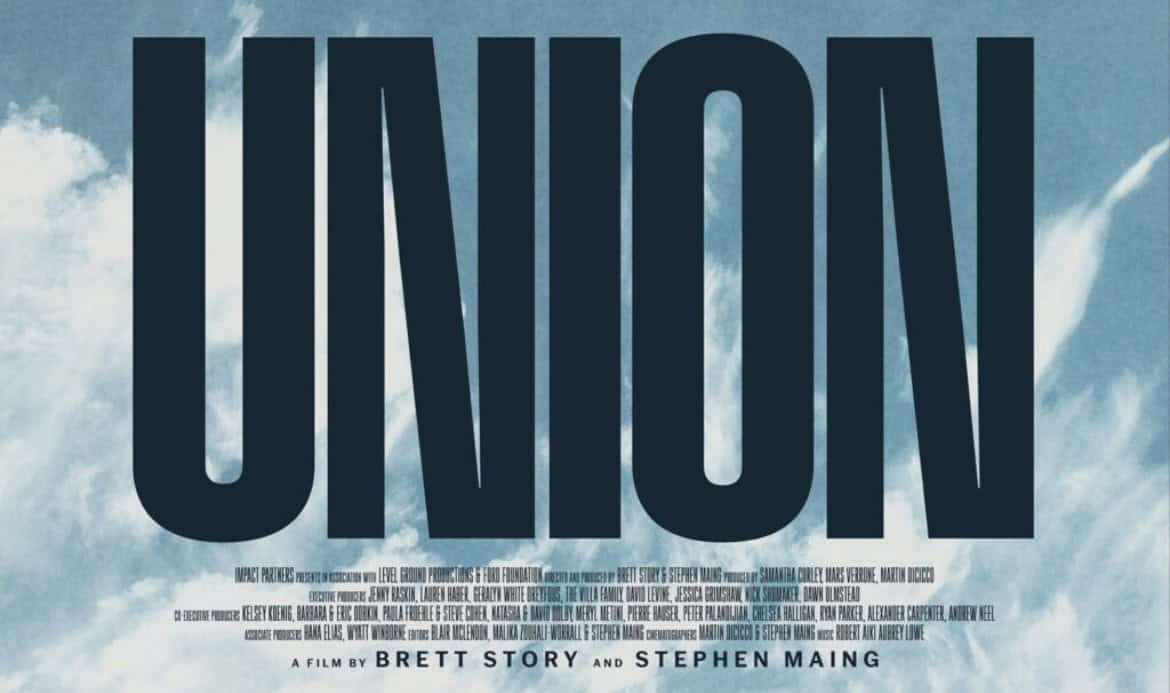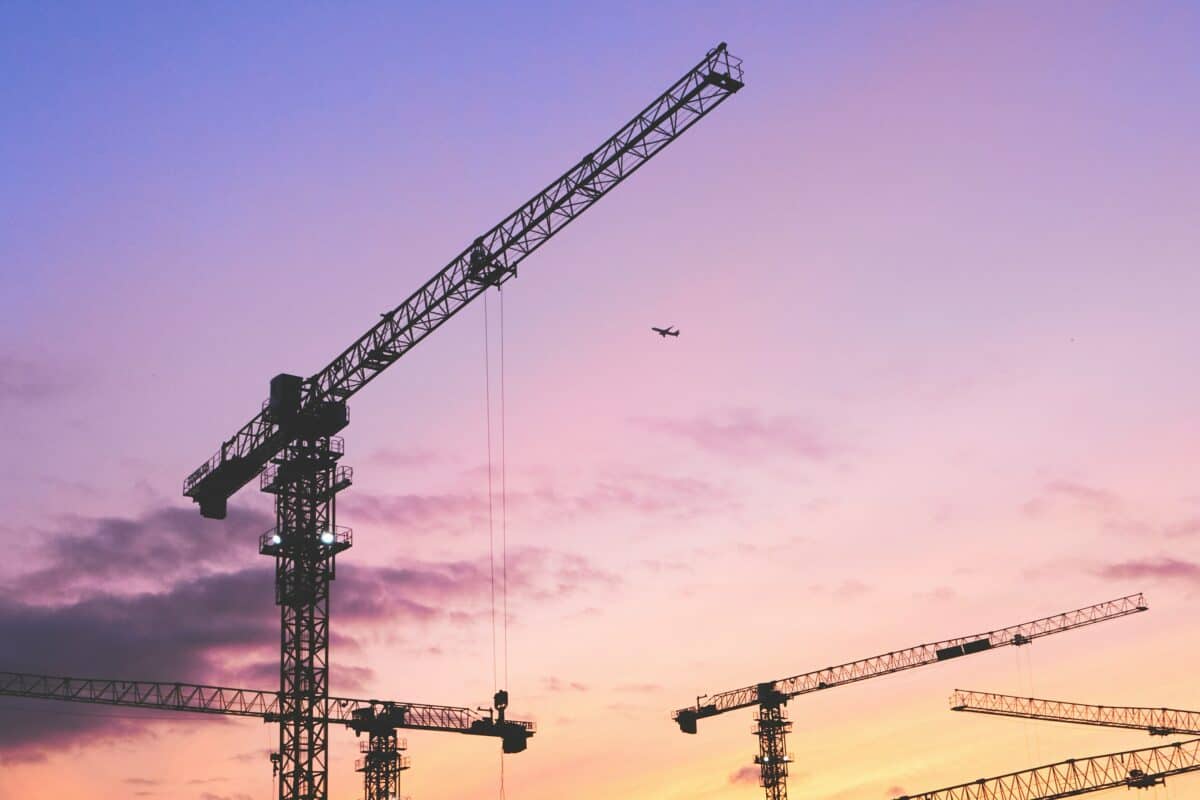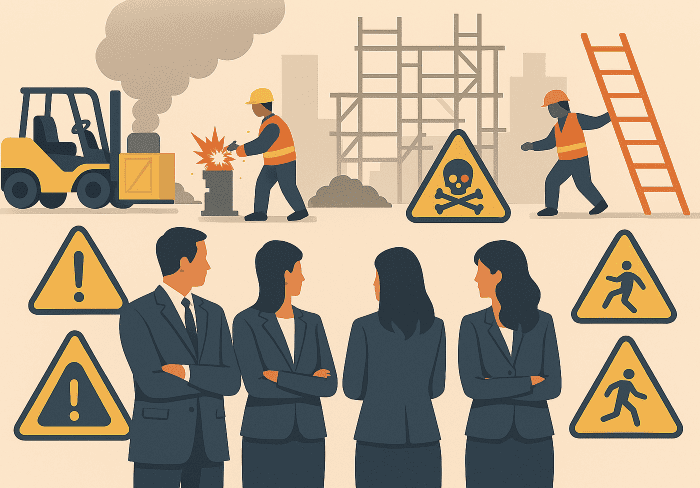Last weekend, at the Victorian branch of the Australian Labour Party conference, delegates heard that the ability to work from home for part of the working week was so important and so good for workers and the economy that working from home should become a formal right. This coincided with a week of frothy outrage in some media outlets about the thoughts and comments of some business executives querying the work-from-home trend.
Neither discussion adequately addresses the working from home phenomenon, failing to identify both the occupational health and safety reasons for working from home and the associated opportunities.







